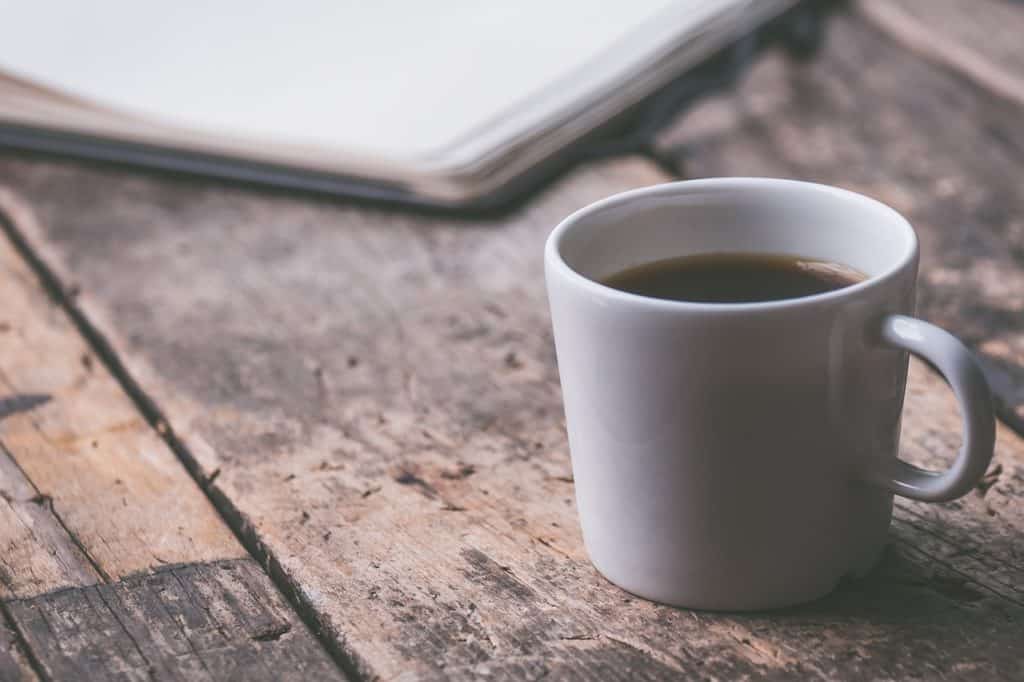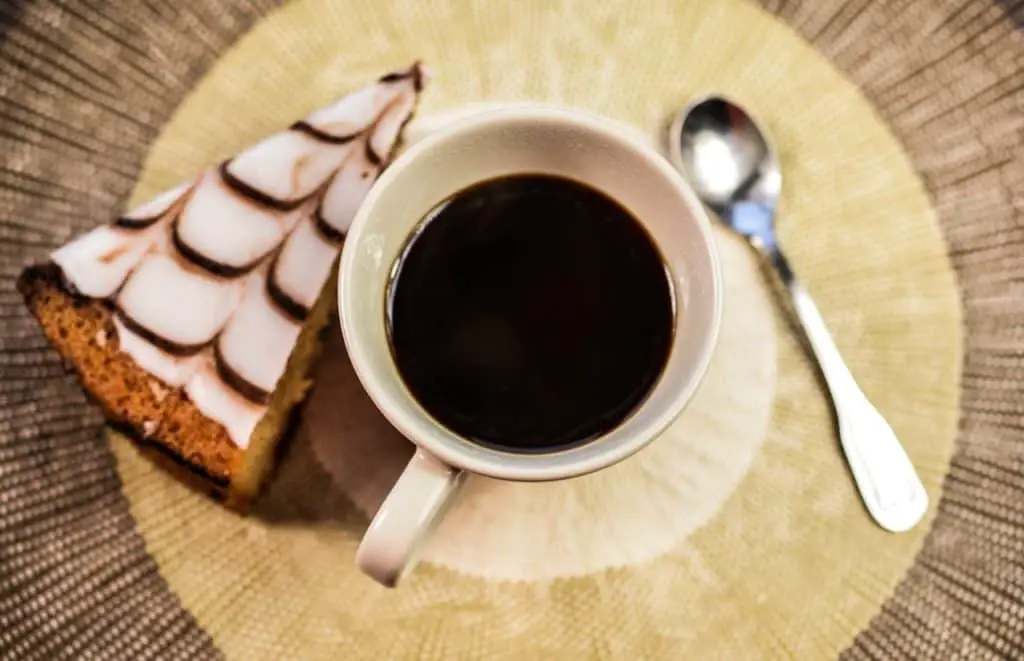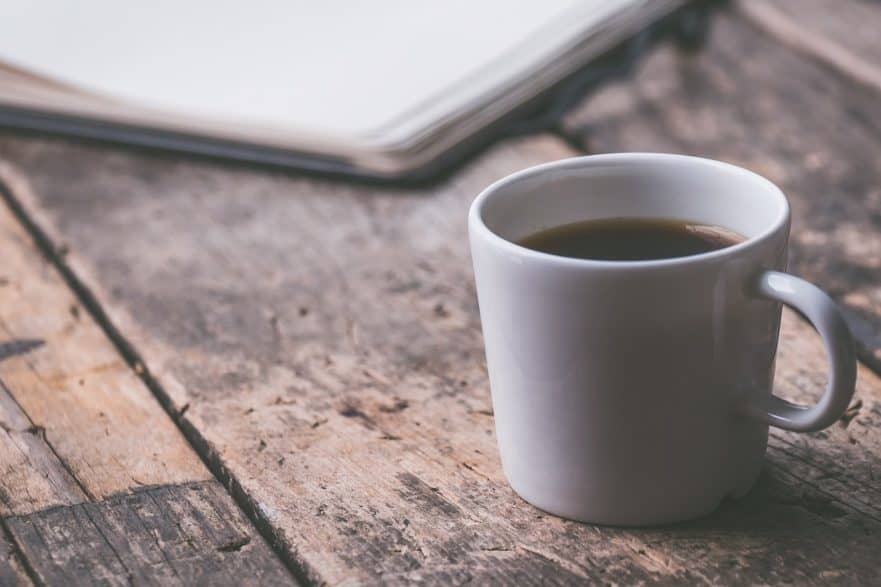
Ever heard of Excelsa coffee? If not, you’re not alone—it’s one of the rarest coffee beans out there, making up just a sliver of the world’s coffee supply. Its unique flavor and tough-as-nails growth habits set it apart from the usual Arabica and Robusta beans you find in every café.
In this guide, we’ll dig into what makes Excelsa special, where it’s grown, how it tastes, and why it’s starting to catch the eye of coffee lovers. Whether you’re a curious sipper or a specialty coffee geek, here’s everything you need to know about this hidden gem.
What is Excelsa Coffee?
Excelsa coffee comes from the Coffea liberica plant, specifically the variety dewevrei. First discovered in 1903 near Lake Chad in Central Africa, it was once considered its own species but was reclassified in 2006 as a type of Liberica. Despite the taxonomic debate, Excelsa stands out for its distinct flavor and growth traits. Unlike Arabica, which needs pampering, or Robusta, which thrives at low altitudes, Excelsa is a hardy survivor. It grows on tall, tree-like plants—sometimes reaching 20 meters—and doesn’t need much water or perfect soil, making it ideal for tougher climates.
Excelsa accounts for about 1-7% of global coffee production, far less than Arabica’s 60% or Robusta’s 40%. Its rarity comes from limited cultivation and a lack of market infrastructure, not because it’s hard to grow. In fact, Excelsa is resistant to pests like coffee leaf rust and nematodes, which plague other coffee plants.
Its beans are smaller and rounder than Liberica’s almond-shaped ones, with lower caffeine content—0.86 to 1.13 grams per 100 grams, compared to Arabica’s 1.2-1.5 grams or Robusta’s 2.2-2.7 grams. This makes it a smoother choice for those sensitive to caffeine’s kick.
Where is Excelsa Coffee Grown?
Excelsa’s roots trace back to Central Africa, particularly around Lake Chad in Chad, where it was first documented. Today, it’s mostly cultivated in Southeast Asia—Vietnam, the Philippines, Indonesia, and Malaysia—along with pockets in India, Liberia, Sierra Leone, and the Central African Republic.
In Vietnam’s Central Highlands, red basalt soil, stable temperatures of 20-28°C, and 1500-2500 mm of annual rainfall create a sweet spot for Excelsa’s complex flavors. Farmers in these regions often grow it alongside Robusta as a windbreak, though its tall, bushy trees require regular pruning.
Unlike your draft’s claim that Excelsa is mostly sold locally, small quantities are exported as specialty coffee, appearing in blends or single-origin offerings in places like the U.S. or Europe. A 2024 initiative by Excelsa Coffee Inc. is even introducing it to Central America, with nursery sites testing its potential in diverse climates to combat climate change challenges. In the Philippines, Excelsa is sometimes called “mara kaapi” (tree coffee), reflecting its towering growth and local significance.
The Taste of Excelsa Coffee

Describing Excelsa’s flavor is like trying to pin down a jazz riff—it’s complex and unpredictable. It’s not just earthy, as your draft suggests, but a mix of tart, fruity notes like mango, pineapple, or cherry, with floral hints of jasmine or hibiscus. You might catch nutty, woody, or even chocolatey undertones, especially in darker roasts. Its moderate acidity sits between Arabica’s sharpness and Robusta’s neutrality, with a medium to full body that lingers on the palate.
Excelsa’s aroma can be intense, sometimes described as jackfruit-like or even off-putting to newcomers, though coffee enthusiasts often find it intriguing. It’s rarely consumed pure due to its bold profile, often blended with Arabica or Robusta to add depth to the mid and back palate.
A medium-light roast highlights its berry-like fruitiness, while a darker roast brings out smoky, chocolatey notes. If you’re trying it solo, mixing with Arabica, as you suggested, can soften its intensity for a more balanced cup.
The Future of Excelsa Coffee
Excelsa’s niche status is partly due to its taste, which can be an acquired one for mainstream coffee drinkers. Its strong flavor doesn’t always vibe with those used to Arabica’s sweetness or Robusta’s bitterness. Plus, its lower yield and labor-intensive pruning make it less appealing for mass production. But don’t count it out. The rise of specialty coffee has sparked interest in unique beans, and Excelsa is gaining traction in high-end blends and single-origin offerings.
Recent trends show promise. In 2024, Excelsa Coffee International launched excelsacoffee.org, sharing research on sustainable cultivation, especially in Central America, where its climate resilience could shine. Coffee shops in places like San Diego are starting to feature Excelsa, and small roasters are experimenting with it in blends.
There are even highlight its use in specialty brews, like a Java Sumedang Excelsa with anaerobic natural processing. While it won’t dethrone Arabica, Excelsa’s potential in premium markets and coffee tourism—think farm tours in Vietnam—could carve out a bigger niche.
| Feature | Excelsa Coffee | Arabica Coffee | Robusta Coffee |
|---|---|---|---|
| Flavor Profile | Tart, fruity, floral, nutty, smoky | Sweet, floral, acidic, complex | Bitter, nutty, strong |
| Caffeine Content | 0.86-1.13 g/100g | 1.2-1.5 g/100g | 2.2-2.7 g/100g |
| Growing Altitude | 1000-1300 meters | 600-2200 meters | 0-800 meters |
| Disease Resistance | High (leaf rust, nematodes) | Low (prone to rust) | Moderate |
| Global Production | 1-7% | ~60% | ~40% |
Final Thoughts
Excelsa coffee is a rare treat, blending bold flavors with a fascinating backstory. Its tart, fruity kick and rugged growth make it a standout, even if it’s not everyone’s cup of joe. You might spot it in specialty shops or online roasters, often blended to tame its intensity.
If you’re lucky enough to find some—say, from Vietnam or the Philippines—give it a whirl, maybe mixed with Arabica to ease you in. It’s a chance to taste something truly different, a bean that’s as resilient as it is unique. Pura vida!

